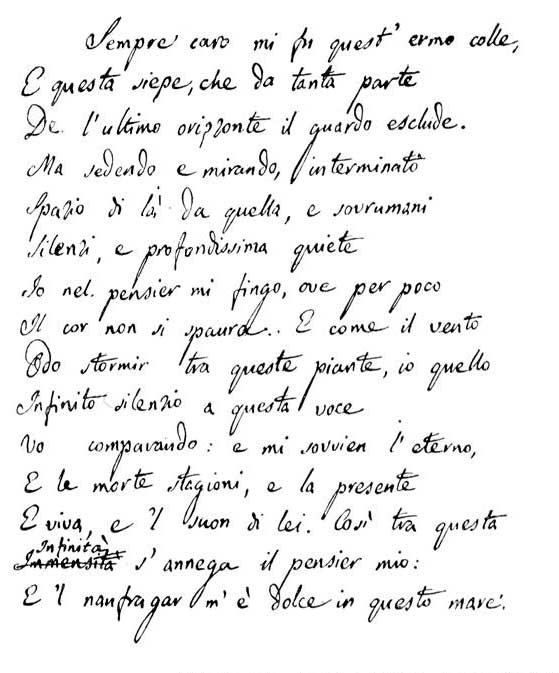CIRCA PRIZE: Vittoria de Franchis, 2023 Curators Circle

What If?
“Only Hope was left within her unbreakable house, she remained under the lip of the jar, and did not fly away.” These are the words of Hesiod in his poem “Work and Days” when describing the amaranthine scene of Pandora opening the jar and unleashing the afflictions that inhabit our world. And so, whilst humanity’s diseases are visibly widespread, their antidote is kept in the jar as a treasure that can be accessed only through imagination. We need to believe that it’s there and evoke it. The jar’s edges, visible to the human eye, trigger the fantasy of what is enclosed within them and legitimise the existence of hope.
In her book “Eros the Bittersweet” writer Anne Carson narrates about the innovations brought by the Greek alphabet by introducing isolated consonants: “Consonants mark the edges of sound. The erotic relevance of this is clear, for we have seen that eros is vitally alert to the edges of things and makes them felt by lovers. As Eros insists upon the edges of human beings and of the space between them, the written consonant imposes edge on the sounds of human speech and insists on the reality of that edge, although it has its origin in the reading and writing imagination.” The invisibility and intangibility of hope constitute its creative (erotic) power. What seems like an obstacle to fulfilment is a Leopardian hedgerow “which cuts off the view” (Giacomo Leopardi, L’Infinito, 1819) but triggers the eternal. Beyond it, we dive into the realm of infinite possibilities (dystopia is just one of them!).

Contemporary times are infused by a progressive demystification of edges and obstacles, as everything should be immediately available and close to us. “Boundaries intended as marginalizing and excluding measures are abolishing fantasies of otherness. They are no longer thresholds, gateways that lead elsewhere.” (Byung-Chul Han, The Agony of Eros, 2012). Hope plays footsie with imagination. Without it, we wouldn’t witness the potential of edges as springboards toward overcoming them. This overrunning movement is perpetual and what makes us humans: the capacity to envision solutions which transform voids into receptacles for new life. Hope is an irrational emotive motion which doesn’t rely on causal coordinates. Those who hope (as those who love) are unpredictable as their actions answer the question: “What if?”.
Then, who if not the artist can summon the infinity beyond the edge and trigger hope? Art (at large) generates wonder as it presents “things” in ways that are not bidimensional and immediate. There is always an excess in meaning, something ungraspable that keeps us there contemplating or listening. Edges in understanding are the keys to wider decipherments (and this is something I’ve already stressed in the essay “Laurie Anderson: A Fantasy Notebook for Freedom”). Artistic practices are intrinsically “Reading What Has Not Yet Been Written”, which is the title of the CIRCA PRIZE’s call. This exercise of futurability is amongst the quests of the art realm as one of the last ramparts for imagination and hope. In light of these iterations, the CIRCA PRIZE is not only a tangible and rewarding opportunity to support young artists but also a call to those artists to question and reflect on hope within their practices and themselves.
I will conclude with this quote by H.D.: “There is no great art period without great lovers.” A few days ago I was in Athens with a close friend and his new girlfriend. They oozed love in a way that I hadn’t experienced in a long time, it made me hopeful. I realised once again how transformative and contagious love can be as suddenly I was feeling in love as well! Permeated by fantasies and excitement! It is a responsibility in this resigned world to be antennas for catharsis. My call to artists who wish to apply to the CIRCA PRIZE is to trigger hope in the observer as two newborn lovers activate love in those close to them. As Edouard Glissant said about utopia, this: “becomes a necessity, an urgency, that liberates.”
Vittoria de Franchis is a curator, voice artist and writer. Her practice is developed at the intersection of music, contemporary art and language, with a particular interest in creating performative and imaginative open-source spaces. Among her projects are: Nuova Atlantide (2020), a residential workshop having at its core movement, language and landscape with an emphasis on the dimension of fantasy and mythopoiesis; AVANTGARDENING (2020), an online multidisciplinary platform and festival supporting victims of COVID-19; Una Cosa Mostruosa (2021), a site-specific sonic, visual and research project for the Sacro Bosco in Bomarzo on the cusp between Renaissance Hermeticism and Digital Ecology; gggglllloooossssaaaa (2023), a widespread series of interdisciplinary happenings, or “onomatopoeic fantasies”, featuring artists, collectives, curators and platforms active in the city it takes place into. Since 2016 she has collaborated with Terraforma and Threes Productions. Her writings have been featured in Flash Art, Kaput Magazine, Resident Advisor, Spike Art Magazine, Terraforma Journal, and Zweikommasieben.